Wiggle Your Way to Balance
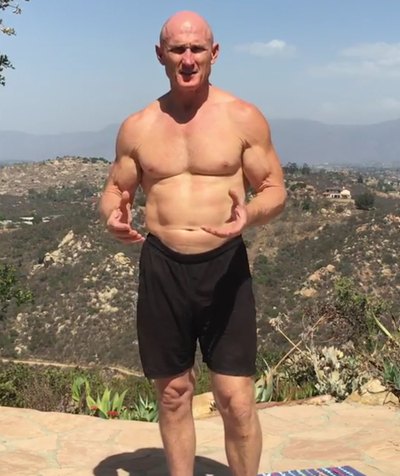
Sometimes, it’s the simple things we do to restore balance and free up the stuck emotional energy in our bodies that can make a world of difference to our health and our workouts in the gym.
What that in mind, this week, I’d like to share with you how to roll and wiggle your way back into balance.
These techniques can be used, for example, to unblock joints that are stuck, let go of trapped, emotional energy and to get energy moving through your chakra systems in your meridians very simply and naturally.
Generally, these are quite simple to do and you can adjust them to be as gentle or vigorous as you want, depending on how you feel and your own knowledge of your body. All you need to get started is a little space and a comfortable mat.
Little technical knowledge is necessary. If you have an injury or know of any reason why it might not be a good idea to do these techniques, don’t do them! Use some discretion and wait until your body is ready!
First, I’ll show you how to do some rolling and wiggling on the ground. Then, I’ll stand up and show you some techniques referred to as shaking medicine, that are used around the world by medicine men, Shamans and other such people.
Interestingly, these techniques have a history in tribal societies. If you study Peter Levine’s work on trauma, he talks about how animals shake like this after they have been traumatized, as it helps them reset their systems and clear their trauma.
As you watch my video, you’ll hear me talk about these rolling and wiggling movements as part of my infant development training philosophies. You’ve probably heard me talk about them from time to time on my blog. If you like what you learn here and want to dig deeper into these infant development movements, I hope you’ll check out the CHEK Holistic Lifestyle Coach and C.H.E.K Practitioner programs we offer at the CHEK Institute.
On the ground
When you start with rolling on the ground, keep in mind that this isn’t like a stretching session specifically where you’re stretching your hamstrings, your butt or whatever. In fact, it’s not even a specific mobilization session.
Instead, this is really all about taking time to bring your mind down into your body and just let your body guide you and go with your instincts, intuition and feelings. When you get relaxed enough, often your body will just guide you. It’s as though there’s a magic force pulling you.
Don’t try to duplicate what I’m doing on this video unless it applies to your experience and what your body is telling you it needs!
As you watch this portion of my video, you’ll see my body moving wherever it wants to go. Because I have an old neck injury, laying in certain positions takes pressure off the sore and injured areas.
Depending on how your body is positioned lying on the ground, you may be able to enhance a particular stretch just by taking a deep, diaphragmatic breath. When you take a deep breath, it expands the body from the inside so it aids the stretch. Then, as you exhale, you can let your body fall into whatever position it wants to be in.
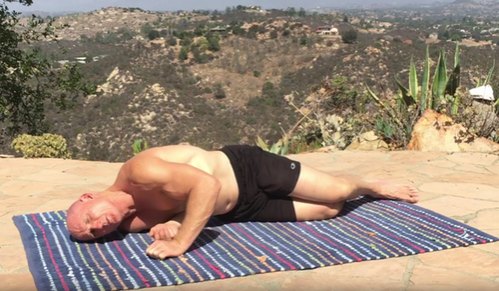
This type of practice is critical for your emotional health too. By listening to what your body is telling you and following what your body wants to do, it helps you learn to hear your inner voice and the wisdom of your inner body.
As you practice these techniques, you’ll become much more aware of the feelings you’re repressing, such as anger, fear, guilt, shame or whatever else you might be holding in there.
You’ll start noticing these emotions really mess your body up too, so you can learn to heal the body from all the emotional baggage by working with it. The real trick is not to keep filling up your body with junk and, instead, taking steps from which to process and promote healing.
Shaking medicine
Once you’re not feeling bound up anymore, then it’s time to get into some shaking medicine, which can get very vigorous and excite you a lot!
Now that you’ve done the initial gentle stuff on the ground, these shaking techniques are fairly simple. What you want to do here is just start wiggling very gently. You can use rotation or go front to back.
Rotation is the key catalyst of movement and all synovial joints in the human body.
As you see in my video, I like to start down at my pelvis and wiggling at my ankles. As the ankles wiggle, I let that sensation start moving up my body. Then, I started to change the pace so I go a little faster.
Sometime in this process, you’ll probably experience some blockage, as I did when I was having a hard time getting that natural serpentine movement in my spine.
Think of it like a rusty hinge. You take a little natural WD-40 — in this case some gentle wiggling — and it loosens up. You have a lining around synovial joints. When you bring a joint to the end range of motion where you feel it stops, it squeezes synovium out of the synovial lining. So, it actually does act like WD-40.
You can work through a lot of stiff areas, since the action of moving the joints around increases proprioception. Proprioceptive neurons travel several times faster than pain-sensitive neurons.
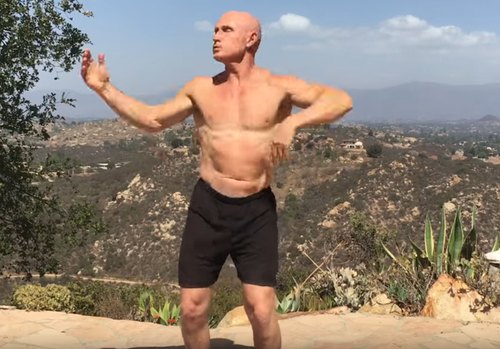
When you’re doing these kinds of shaking techniques, you’re flooding the brain with information about movement. Because this information comes in much faster, they crowd out nociceptive/pain sensitive inputs, which has the effect of decreasing what’s called the pain-spasm cycle in which muscles tighten up and spasm.
When you start getting these kinds of wiggling and shaking movements going on and a lot of proprioceptive inflow coming through the body, your brain does not have the awareness of the pain. (That also happens at the spinal cord level.)
As a result, these movements reflexively shut down the reflex input to muscles and the tension decreases as well as spasms.
You’ve probably seen these shaking movements from boxers prior to most matches. Back in the day, we used to call it “shaking out.” We’d get together as a boxing team and would get on a wrestling mat and we would shake out and do exactly what I’m showing you here.
It really enhances your fluidity of movement, speed and even your ability to respond reflexively because you don’t have internal resistance in the system.
Again, it’s important to remind you that wiggling isn’t intellectually driven. It’s about letting your mind go and bringing your consciousness down into your body and just feeling it.
There’s no rules, other than not being so vigorous that you end up paying for it later. Just build up, practice and let your body guide you. That’s the secret to everything!
The subconscious mind is about 4 million times more powerful than the conscious ego mind, according to Bruce Lipton. Imagine how much processing power you’d have if you simply spend a little time every day wiggling and shaking safely?
As a species, we’ve been doing these things forever. Watch an animal after they’d been traumatized. You’ve probably seen a cat or dog shaking out vigorously after a trauma. These are things that are really built into our nervous systems and into the wisdom of our bodies.
I hope you’ll spend some time rolling and shaking out and give yourself the gift of shaking medicine.
Love and chi,
Paul


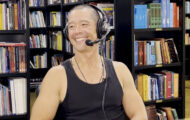



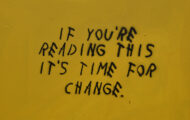







Find me on the web